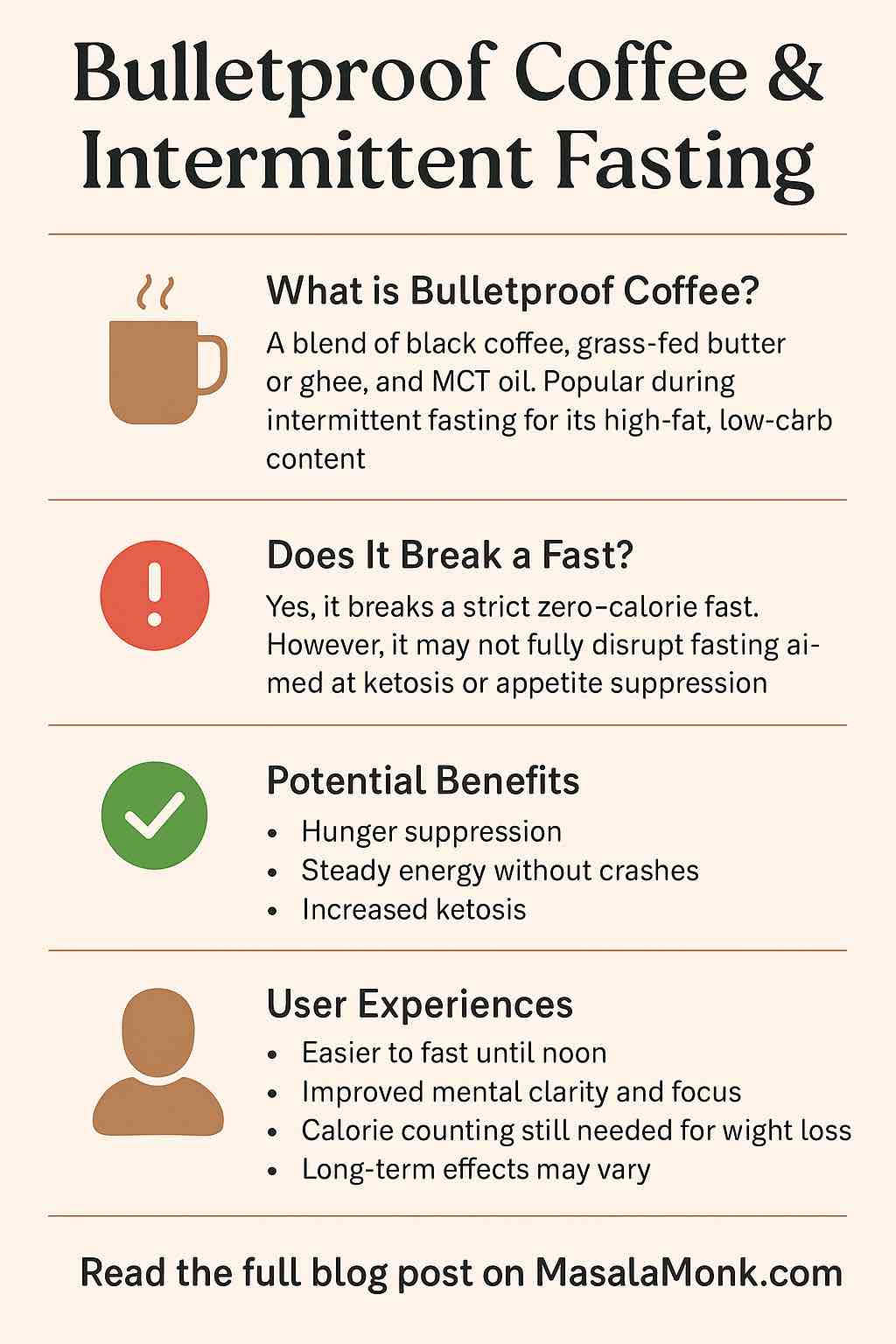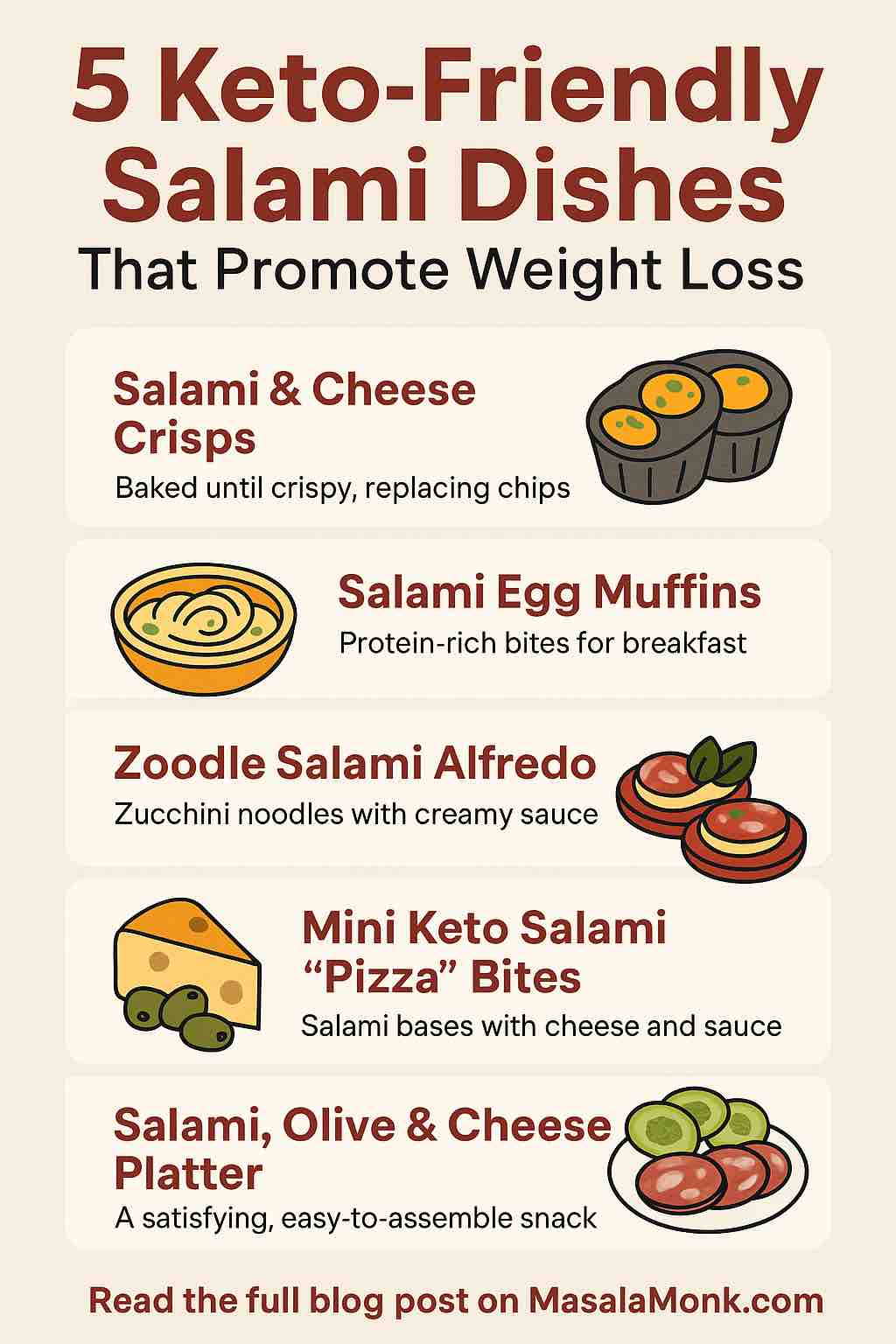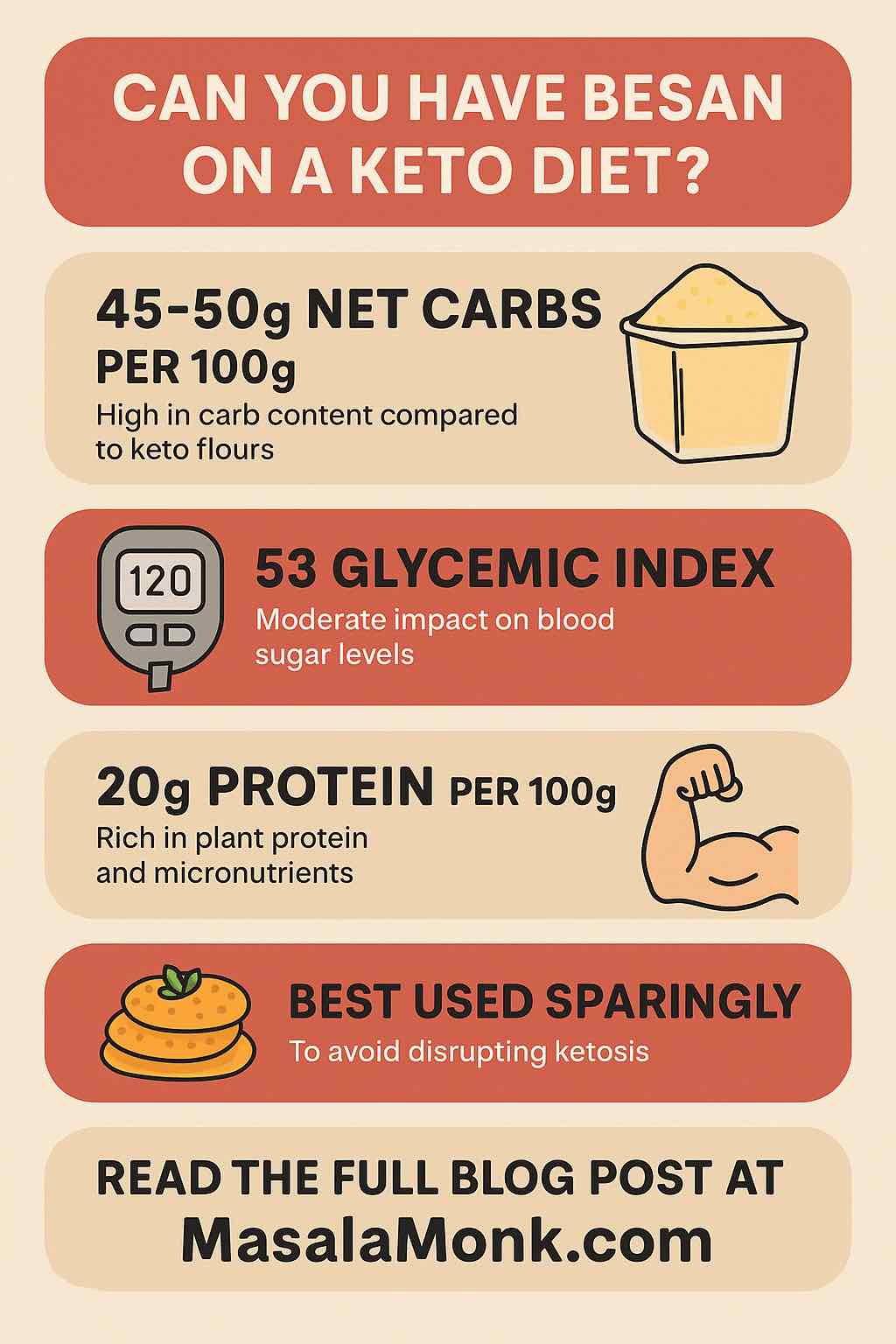
If you want a make-ahead breakfast that fits your macros and still feels like a treat, this keto chia pudding with almond milk is it. The texture is silky, the prep is minimal, and the flavors are endlessly customizable. Because chia is naturally rich in fiber while unsweetened almond milk stays very low in carbohydrate, the result is low-carb and no-sugar—ideal for busy mornings or an easy, late-night dessert.
Why Keto Chia Pudding with Almond Milk Works on a Low-Carb Diet
First, the nutrition. Chia seeds deliver substantial dietary fiber with relatively few net carbs, which is exactly what you want on keto. You can check the data here: nutrition facts for chia seeds (USDA-derived). Meanwhile, unsweetened almond milk typically contributes only ~1–2 grams of carbohydrate per cup depending on brand; see the baseline values in unsweetened almond milk nutrition (USDA-derived).
Beyond the numbers, chia’s soluble, viscous fiber forms a gentle gel, which tends to slow digestion and help you stay satisfied a bit longer. For an accessible overview, skim Harvard’s Nutrition Source on fiber; for mechanisms and study summaries on viscous fibers and post-meal glycemia, see this review in Nutrients. If you enjoy deeper dives, a randomized crossover study showed that when small amounts of chia were incorporated into cookies for healthy adults, postprandial glucose excursions dropped by roughly 22–30%—a nice real-food illustration of viscous fiber in action: chia reduced postprandial glycaemic variability.
For more context from our site, you might also like our explainer on chia seeds and the ketogenic diet.
Keto Chia Pudding : Ingredients You Actually Need
- 3 tbsp chia seeds
- 1 cup unsweetened almond milk
- 1–2 tbsp keto sweetener (stevia, erythritol, or monk fruit), to taste
- ½ tsp vanilla extract (optional)
- Pinch of fine sea salt (optional, but it brightens flavor)
- At serving: a few blueberries, toasted coconut, sliced almonds, or cacao nibs
Start modest: use 1 tbsp sweetener, chill, taste, then adjust. Sweetness blooms as the pudding sets, so you’ll avoid over-sweetening.
How to Make Keto Chia Pudding (5 Minutes + Chill)
- Whisk almond milk, sweetener, vanilla, and a pinch of salt in a jar or bowl.
- Stir in chia seeds until evenly dispersed.
- Rest 5 minutes, then stir again to prevent clumps.
- Cover and chill 4+ hours (or overnight) until gelled.
- Stir before serving, then add toppings right at the table.
Because the process is hands-off after minute five, you can assemble several jars in one go and let the fridge do the work.
Chia-to-Milk Ratio (No Clumps)
Texture makes or breaks chia pudding, so use this reliable baseline: 3 tablespoons chia to 1 cup almond milk. Whisk, wait 5 minutes, whisk again (that second stir is crucial), then chill. Prefer an extra-thick spoon feel? Use 4 tbsp chia or reduce the liquid slightly. For a pudding-cup vibe, briefly blend the set pudding for 10–15 seconds.
Carbs in Keto Chia Pudding with Almond Milk (Simple Net-Carb Math)
Let’s estimate the base batch before toppings:
- Chia, 3 tbsp (~30 g): ~12.9 g total carbs − ~10.5 g fiber ≈ ~2.4 g net (scaled from chia nutrition facts).
- Unsweetened almond milk, 1 cup: about ~1–2 g total carbs, brand-dependent; see almond milk nutrition.
Therefore, batch net carbs ≈ 3.5–4.5 g. Split into two servings and you’ll land around ~1.8–2.3 g net per serving. Recalculate with your labels for precision, but this range is a realistic planning number for keto.
Flavor Variations that Keep Keto Chia Pudding with Almond Milk Exciting
Chocolate Keto Chia Pudding with Almond Milk
Whisk 1–2 tsp unsweetened cocoa powder into the milk before adding chia; then sweeten to taste. Finish with cacao nibs for a crunchy, zero-sugar topping.
Coconut-Rich Keto Chia Pudding
For a richer spoon feel, swap ½ cup almond milk for ½ cup canned coconut milk. The texture moves toward custard while staying low in net carbs—especially if you sweeten with stevia or monk fruit.
Blueberry Keto Chia Pudding
Prefer bright and fresh? Top each serving with 6–8 blueberries. The portion is small, the visual pop is huge, and the carbs remain in check.
Want even more inspiration? Explore these 10 creative chia pudding recipes. For fruit-forward days, browse our mango chia pudding ideas and this pineapple chia pudding (low-carb breakfast option).
Sweeteners for Keto Chia Pudding with Almond Milk (Stevia & Monk Fruit)
To keep sugar at 0 g, use high-purity stevia (steviol glycosides) or monk fruit extract—both are common in low-carb products. For regulatory background and peace of mind, review the FDA’s GRAS documentation: purified steviol glycosides GRAS notice and monk fruit extract GRAS notice.
Make-Ahead Tips (4–5 Days Fresh)
Because this pudding keeps beautifully, prep 3–4 jars on Sunday night and enjoy a ready-to-eat breakfast all week. They store well for 4–5 days in the refrigerator. To preserve crunch and color, add toppings right before serving. If you want further planning ideas, check our roundup of energizing breakfast ideas for keto (with chia).
Troubleshooting for Texture, Sweetness & Storage
- Clumps? Always stir, wait 5 minutes, stir again—that second stir is the difference between gritty and glossy.
- Too thin? Next batch, use 4 tbsp chia per cup or reduce milk slightly; for a quick fix now, blend 10 seconds.
- Too sweet? Start low; adjust after chilling when flavors have bloomed.
- Hidden sugar? Confirm your carton says unsweetened; “original” or flavored almond milks often add sugar.
Sources & Further Reading
- Chia seeds nutrition facts (USDA-derived, MyFoodData)
- Unsweetened almond milk nutrition (USDA-derived, MyFoodData)
- Fiber — Harvard T.H. Chan School of Public Health
- The Effects of Soluble Dietary Fibers on Glycemic Response (Nutrients)
- Chia seeds in cookies reduced postprandial glycaemic variability (Journal of Functional Foods)
FAQs
1) Is chia pudding keto?
Absolutely. When you use unsweetened almond milk, keto sweetener (like stevia or monk fruit), and keep portions sensible, net carbs stay low—so your keto chia pudding with almond milk fits neatly into a low-carb day.
2) How many net carbs are in keto chia pudding with almond milk?
As a practical ballpark, a basic batch (3 tbsp chia + 1 cup unsweetened almond milk) comes out to roughly 3.5–4.5 g net carbs total—then, divided into two servings, that’s about 1.8–2.3 g net each. Of course, toppings can nudge that up, so measure what you add.
3) What’s the best chia-to-milk ratio for a creamy set?
For a consistently silky texture, go with 3 tbsp chia : 1 cup almond milk. First, whisk everything, wait 5 minutes, whisk again, then chill at least 4 hours. Prefer extra-thick? Use 4 tbsp or reduce the liquid slightly.
4) Which sweeteners keep it truly keto?
To stay sugar-free—but still delicious—choose stevia, erythritol, or monk fruit. Start with a light hand, chill, taste, and then adjust; sweetness blooms as the pudding sets.
5) Can I meal-prep keto chia pudding with almond milk?
Definitely. Moreover, it’s one of the easiest make-ahead breakfasts: portion into jars and store 4–5 days in the fridge. Finally, add crunchy toppings only at serving so they stay crisp.
6) What toppings work without blowing my carbs?
Think a few blueberries, toasted coconut, sliced almonds, or cacao nibs. In other words, keep portions small, choose unsweetened options, and let texture do the heavy lifting.
7) Almond milk or coconut milk—what’s better for keto?
Both work. However, unsweetened almond milk is typically lower in carbs and calories, while coconut milk (especially canned) brings extra richness. If you want a custardy vibe, swap half the almond milk for coconut milk and keep your sweetener sugar-free.
8) How do I fix clumps or a thin texture?
First, stir twice (once immediately, then again after 5 minutes) to prevent clumps. If it’s still thin after chilling, next time use more chia (4 tbsp per cup) or, for a quick save, blend the set pudding for 10–15 seconds to thicken instantly.
9) Can I make warm keto chia pudding?
Yes. After it has set, gently warm a portion on low heat, stirring frequently. Consequently, you’ll get a cozy, porridge-like bowl—just avoid boiling, which can break the gel and thin the texture.
10) How can I add variety and still keep it keto?
Rotate simple flavor bases: chocolate (1–2 tsp unsweetened cocoa), coconut-rich (half almond milk, half canned coconut milk), or lemon-vanilla (zest + extra vanilla). Because the base is neutral and low-carb, small tweaks go a long way.
11) Does blending change the nutrition?
Not meaningfully. It simply breaks the gel slightly, creating a mousse-like texture. Therefore, it’s a great move if you prefer ultra-smooth pudding without changing macros.
12) Any label gotchas I should watch for?
Yes—choose unsweetened almond milk. Words like “original,” “vanilla,” or “barista” can hide added sugars or thickeners; so, read the panel and stick with simple, unsweetened cartons to keep your carbs predictable.













